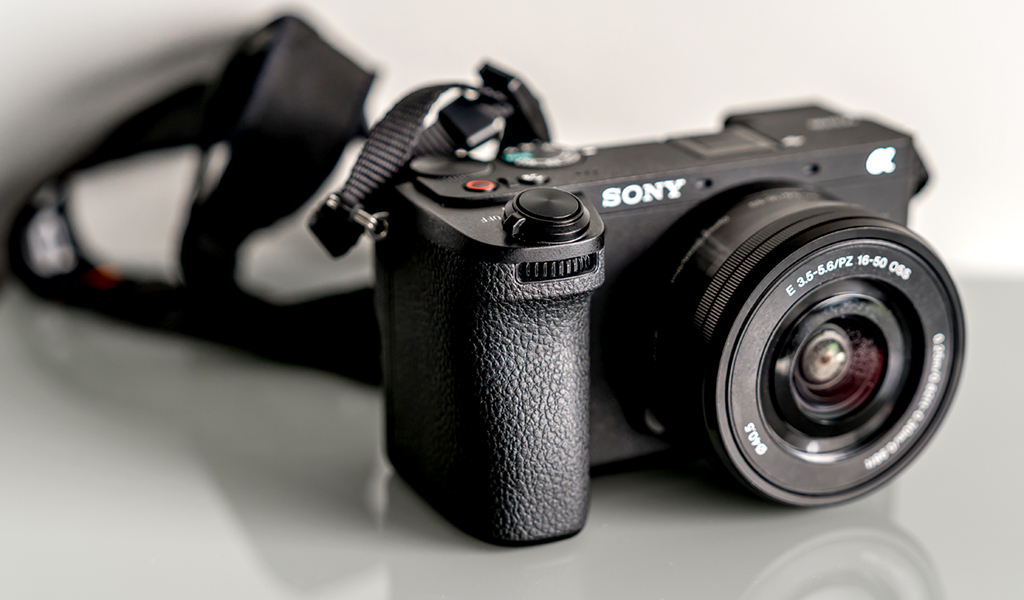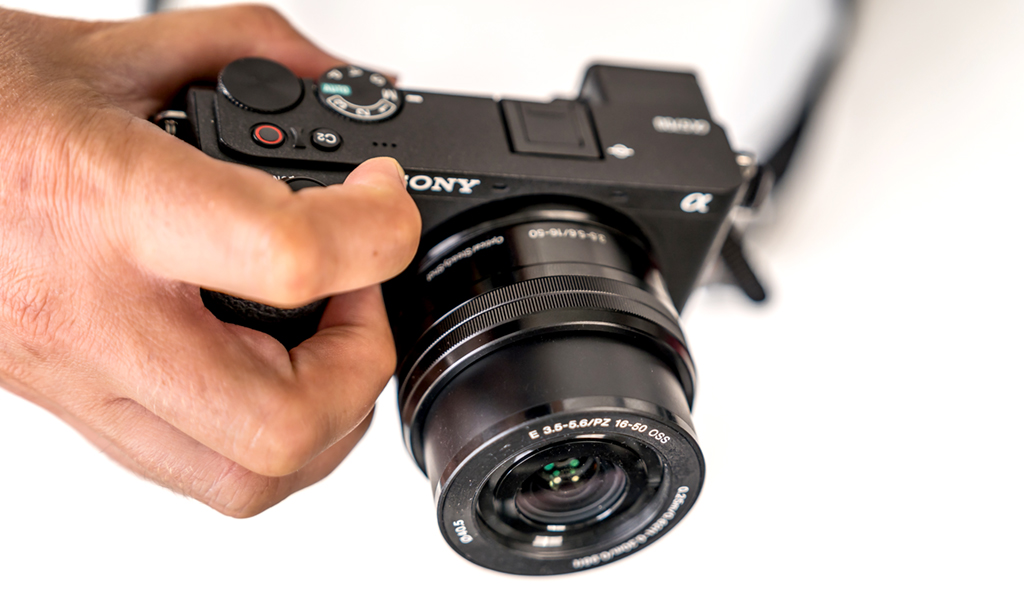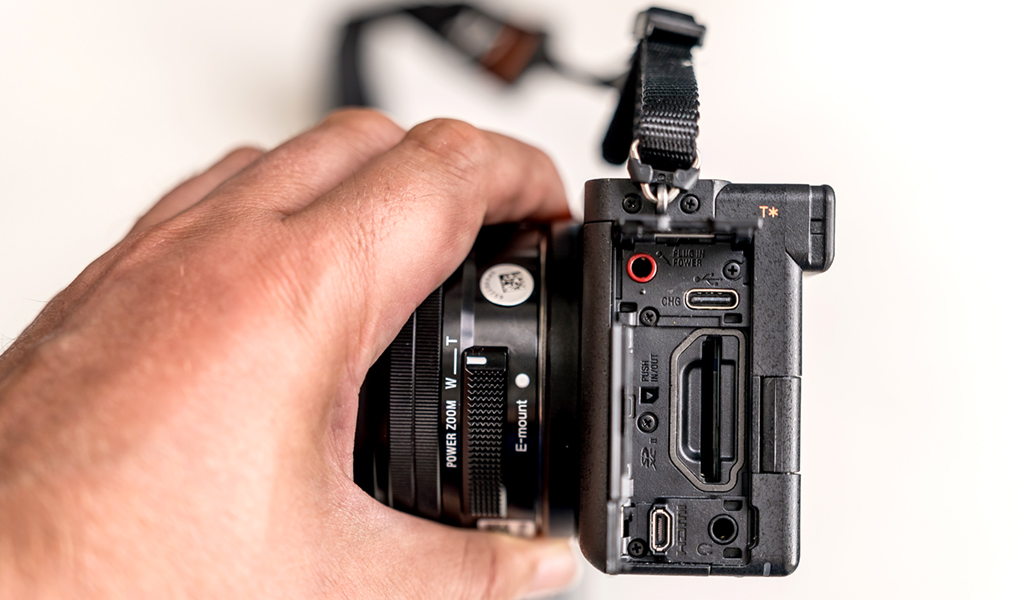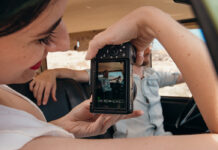
The Sony a6700 is a hybrid mirrorless camera aiming to treat photos and video with equal precision, and one you can use no matter your level of expertise. Sony’s a6000 series has long taken this approach, which I noticed myself when I reviewed the a6400 back in 2019. That camera introduced an autofocus (AF) system that made shooting action and people or animals far easier. By now, it’s old hat for Sony now that it’s a standard feature in so many of its cameras. So, what’s new for the a6700?
Most of the changes are incremental, though put together, they can make a big enough difference depending on what you’re looking to shoot. The lenses also matter, and in this review, I tested the a6700 with the 24-70mm G Master II F2.8, 70-200mm F4 Macro G OSS II and 16-50mm f/3.5-5.6 Retractable Zoom Lens.
Design of the Sony a6700
Like its predecessors, the a6700 isn’t a hard camera to carry with you, thought it can feel a little more cumbersome if you put a bigger lens on it. As an example, the 24-70mm GM II and 70-200 F4 definitely made that clear, but in either case, they feel burdensome unless I had to swap them out.
Sony wisely boosted the ergonomics by adding a third control dial to the front. It mostly controls aperture (when the lens doesn’t have its own ring for that), but the sheer fact it’s there puts this camera closer in line with the full-frame Alpha cameras. A wider grip also helps for similar reasons, especially when using bigger lenses, as well as reaching for certain buttons. Case in point is the video recording button now situated on the top, along with the AF-On button at the back.

What I missed most is the focusing joystick I’ve come to rely on so much on other Sony cameras. Instead, the function button (in the middle of the directional-pad) toggles the focal point on or off. Press it and arrows appear to indicate you can move it around with the pad. Press it again and it stays in place. The electronic viewfinder is in its familiar spot in the corner.
You could also use the rear touchscreen to tap to focus, made even easier with the fact it tilts and flips out. Sony is clearly targeting vloggers in doing that, but it also proves advantageous when shooting subjects from various angles. The hotshoe up top also supports Sony’s newest MI accessories, including the latest microphones. You can also plug in a separate mic in the port on the side, as well as headphones if you want to hear what you’re recording. Sony also moved the memory card slot to the same size, leaving the battery pack to slot in along the grip.
Setup and layout

The a6700 uses the same 26-megapixel BSI CMOS image sensor we’ve previously seen in the FX30. Doing so positions the camera as a more adaptable video shooter, which is why you can make good use of it regardless of whether you lean more towards still photography or video content. It can record in 4K at up to 60fps or 120fps with a cropped (1.58x) frame. There’s 10-bit video if you’re looking for that too. On the photography side, you can shoot in JPEG and/or RAW anytime you like, including 11fps bursts in either format.
Those numbers don’t make the a6700 the best in numbers, but it’s also best not to overlook the versatility involved. Unless you’re a professional wildlife or sports photographer, I don’t see the 11fps burst being a bad thing. If you’re trying to work your way up to shooting faster action, this one is nimble enough to help make it happen.
Sony also went with its newer menu system this time, so getting around to the multitude of features and settings is just a little easier. It’s still very detailed and heavy, but well worth exploring and learning to better gauge what the camera can do. One of the features you’ll probably want to keep engaged is subject recognition. By default, it’s set to human, but it can also work with animals, insects, birds, cars, trains and airplanes. It’s not all that easy to change them on a whim because the quick access menu (Fn button) only lets you toggle subject recognition on or off, but once you know where it is in the menu, you can get to it faster.
It works really well except I missed the joystick from other Sony cameras. I got used to using the direction pad after a while but it’s just not as fast or responsive. Sony figures this won’t matter as much if you also use the LCD screen or rely heavily on subject recognition, but when shooting anything else through the viewfinder, you appreciate saving time.
Storage and processing

The a6700 supports UHS-I and UHS-II cards, but I would definitely recommend the latter if video is part of your workflow. The extra write speeds also benefit shooting bursts for stills because it takes less time for the buffer to finish. This way, if you’re shooting an event, you can keep on going without having to wait.
In-body image stabilization helps keep images steady when your hands move a little. I was able to shoot handheld with a 1/20 shutter speed and get decent results, more so with the 16-50mm because of the wider field of view, but also not too bad with the 24-70mm. For the 70-200mm, long exposure shots definitely need a tripod.
One problem I ran into for this review was that Adobe Lightroom didn’t recognize the camera’s RAW files, but that’s likely a temporary issue until an update includes the camera’s profile. Once done, the files should load perfectly for editing. Camera RAW and Photoshop worked, and I imagine other competing apps could as well.
Sony a6700 photo quality

You don’t necessarily need the right conditions to get good results when shooting with the a6700. I was lucky in that regard, as I had it during a vacation to Greece, where the scenery is already half the battle won. But a good view doesn’t always equate to the best images, which is why it’s worth learning the camera.
Capturing people and animals was fairly easy because the subject recognition kept things in focus. I did challenge myself by trying to capture a butterfly without the feature, which still yielded great results. No matter the subject or time of day, colours come out with a higher degree of accuracy. Sony’s own processing for JPEGs will add some sharpening, but it’s not going to make images look silly.















As much as I liked the utility of the LCD screen, it was very hard to see it in bright sunlight, making it hard to frame shots from high or low angles. I would have to check it by previewing the image through the viewfinder after taking it to see what the result looked like. It’s a common issue with cameras in the bright sun, but unfortunate when the screen articulates like this one does.
That being said, I had a lot of range to work with, since the three lenses gave me a combined 16-200mm in focal length. Swapping lenses wasn’t always fun, especially in a crowd, but doing it was worth it for capturing shots that would’ve been otherwise hard to get with just one. As a travel camera, the a6700 proved itself more than capable.
Video
The brightness issue would affect video more than still images in most cases. Even if you plan to do selfie videos, you would have to be sure of positioning to offset the lack of visibility. When you can see it, however, it’s a lot like any of Sony’s other vlogging cameras. It can do the same cool auto-framing equipped in the vlogging-focused ZV-E1, and with more resolution to work with, you can worry less about any degradation in quality as it zooms in or out.
The camera is definitely small and light enough to work with a variety of gimbals, adding some flexibility in how you frame a scene. You have to be careful of heat, though. In a hot environment like the one I was in, continuous 4K shooting would likely stop even sooner. I didn’t test this out fully because I only had one battery, but I highly doubt the camera could hit 30 minutes of footage at 30fps or 60fps in most instances.
The FX30 takes a more cinematic approach to video, whereas the ZV-E1 takes the vlogging approach, which puts the a6700 somewhere in the middle between them. Subject tracking is pretty sticky to ensure you keep them in focus, and is fairly easy to learn if you’re new to it.
Battery life
The battery is exactly the same as the previous a6600, so any efficiencies would have to come from the internal components. I never tested that camera, so can’t make exact comparisons, but what I can say is the number is flexible. For example, use the camera on a hot day where you’re taking lots of photos and video and the “low battery” warning will pop up for sure. It did for me, leading me to desperately ration when to take the right photo. Thankfully, it happened at the end of the evening rather than earlier on. If not for that, though, I needn’t have worried about whether I could make it through a full day’s shooting.
Final thoughts on the Sony a6700
The a6700 demands a few compromises along the way, but it’s an accessible mirrorless camera that pivots well between still photos and video. A hybrid camera should do both well and I would say Sony scored wins in both regards. Lightweight enough to travel or commute with, and adaptable enough to capture almost anything, anywhere, it’s a dependable shooter also for its feature set. Few cameras can autofocus on subjects like this can in the same price category. Plus, you can use any E-Mount lens on it.
I have no doubt you will find something to quibble about like I did (the screen), yet I came away from the a6700 feeling confident it wouldn’t let me down. That’s a big deal for any camera in varying circumstances, so you may come away feeling the same thing as well.
The Sony a6700 is available now.




